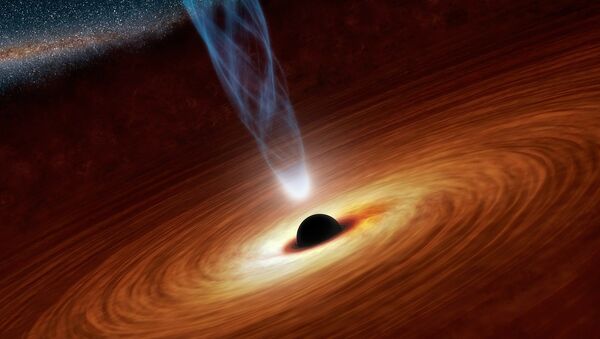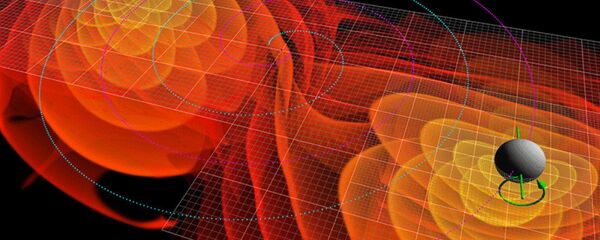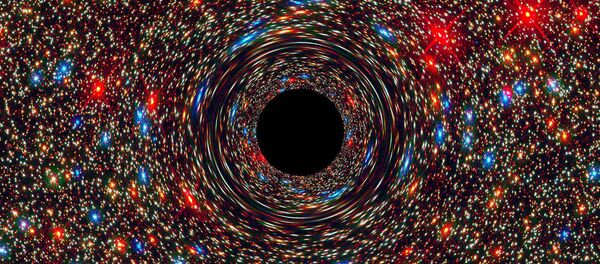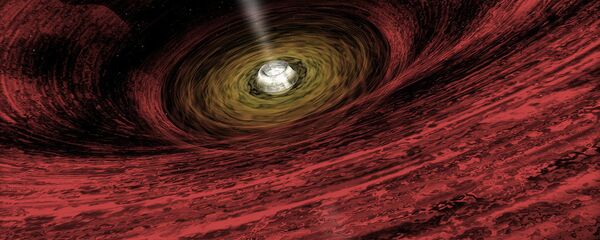Researchers say this "direct collapse" black hole, which, until now, only existed in theory, may explain the origins of the mammoth light-consuming supermassive black holes that tend to sit in the center of most galaxies.
Avi Loeb, who co-authored the study and serves as chair of the astronomy department at Harvard University said, "The special aspect of this [direct-collapse] process is that it leads to the formation of a very massive 'seed' black hole in one go. It is difficult to make such a giant black hole over such a short time if they start from low-mass seeds."
A black hole is formed when a massive star nearing the end of its life collapses in on itself. These dense bodies develop by absorbing nearby dust and gas, a time-consuming process. Astronomers say that it can take long periods for a supermassive black hole to grow from a "seed," feeding on objects billions of times the size of our Sun. This baffles researchers trying to understand how the supermassive black holes in the early universe originated.
A number of these behemoths existed a mere 750 million years after the Big Bang, according to Loeb. Scientists are sure of this because they have seen bright galactic cores, called quasars, that were powered by supermassive black holes.
Loeb said, "It is difficult to make such a giant black hole over such a short time if they start from low-mass seeds."
At the University of Texas at Austin (UT Austin) in 2003, Loeb and Volker Bromm developed a theory positing that in the early universe, clouds of gas and dust became so heated that they didn’t break into multiple clusters containing thousands of stars. Instead, it’s likely that these clouds produced a single gigantic star at its center that was roughly 1 million times larger than "normal" stars.
Such huge stars would quickly devour all dust and gas in near space. Too much consumption would lead to a fast end, as these stars would only last for a few million years before collapsing into medium-sized black holes that would continue to feed, eventually growing into the colossal voids at the center of a galaxy.
To maintain such incredible degree of heat, the gas central to the process would have to be almost purely helium and hydrogen, without any heavier elements cooling it. Since stars produce heavy elements when they go supernova, researchers say "direct-collapse black holes" could only have formed in the early universe.
Loeb said, "It feels good to come up with an idea about how nature might work, but it is exhilarating to find out that nature really behaves the way you thought it does. The experience is as rewarding as getting love back from a person you love."







